Arts
Posture Perfect: Growth of Global Dance Forms in India

A Banjara School of Dance performance
NRIs and expats are helping foreign dance forms gain popularity in India.
Forty five dancers from Italy, Japan and India are all set to conclude the International Contemporary and Ballet Festival running in New Delhi with a showcase on Dec. 15. The festival came on the heels of Mumbai’s celebration of the dance form just last month in what was touted as India’s first ballet festival.
As interest around ballet is peaking in the country while it was barely practiced a decade ago, schools dedicated to various foreign folk and contemporary dance forms, such as Banjara School of Dance, Terence Lewis Academy and Danceworx, are gaining popularity.
Alongside ballet, another dance that has seen a wildfire-like growth over the last decade is belly dance. Meher Malik, head of Delhi-based Banjara School of Dance, who is one of the pioneers of belly dance in the country says she envisioned this kind of growth and worked in that direction. “When I moved to India from Oman 11 years ago, I was confronted with negative perceptions surrounding the dance form,” she tells Little India. “However, I never looked at it as a problem — it was more to do with lack of information. They didn’t have the right kind of guidance.”

Shruti Narayanan during a performance
Two under-privileged young men in Mumbai were far luckier when it came to guidance. Manish Chauhan, 21, and 15-year-old Amir Shah were accepted into reputed international ballet schools, and garnered headlines earlier this year. They were trained by Yehuda Maor, an Israeli ballet teacher working in Mumbai, who saw potential in these young men and found that they took to the rigorous form quickly.
The Pointe Magazine, which reports all things ballet, had remarked: “Ballet is a global art form, with top dancers hailing from around the world. Wherever you go, a plié is a plié, regardless of the language spoken. Still, it’s not everyday that you hear about a classical ballet dancer from India.”
In the vein of the dance form gaining ground in the country, production house Navarasa Duende brought in Royal Russian Ballet of Ukraine’s dancers to India to perform the famed Pyotr Tchaikovsky’s ballet, Swan Lake, “for the first time in living memory” at Delhi’s Siri Fort Auditorium.
The dance that started in royal courts of France, and flourished in Russia and Europe found its base in India as expats and returning NRI started setting up schools to teach the form.
Ritika Chandra, who heads Elan Ballet in Delhi, is a 26-year-old American Ballet Theatre certified teacher who knew that she wanted to pursue the dance form when she saw it on TV as a five-year-old. She started learning ballet at the age of 11 at prestigious academies in the United States and Russia.
“I was fortunate enough to find qualified teachers within our country and abroad who gave me the support and foundation that I required to reach the level that I’m at today,” she tells Little India. And with Elan Ballet, she hopes to grow dancers in a system where people will train every day, and commit to eight years of training, after which they will help them participate in international auditions by dance companies. Chandra’s school is hosting dancers for International Contemporary and Ballet Festival to bridge the gap between dancers in India and abroad.
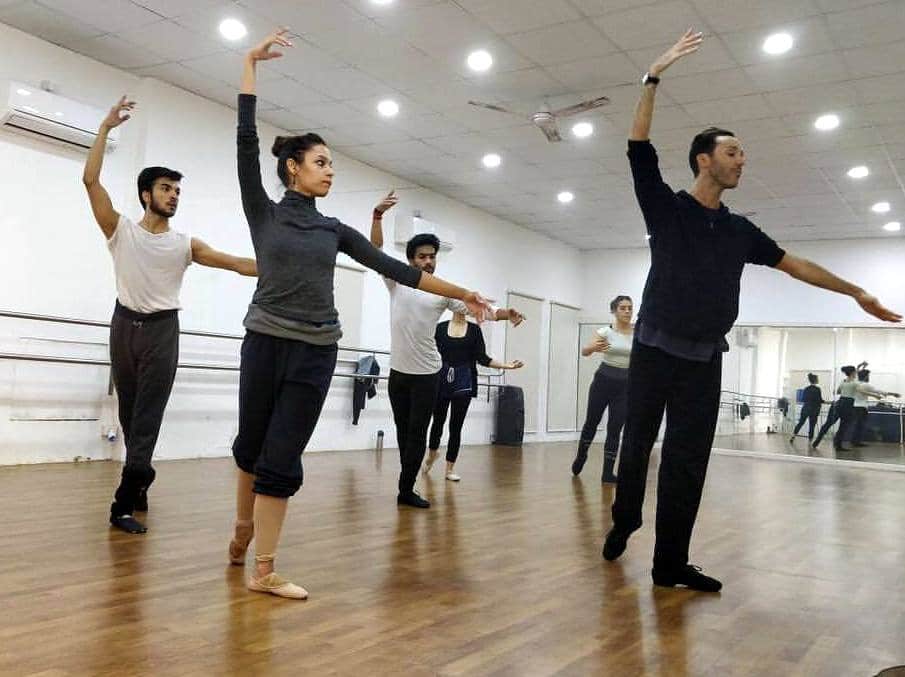
A session at Elan Ballet in progress
Bengaluru-based Lewis Foundation of classical ballet just finished the first showing of their production Belle and the Beast on Dec.9. Founder Yana Lewis, a ballerina from London who made India her home, believes that to practice any Western form of dance, you need a foundation in ballet.
Her school, which was established in 2006 has 1,000 students enrolled and 500 on the waiting list. The school last year achieved the distinction of being the first in India to present 112 students for its first Imperial Society of Teachers of Dancing (ISTD) dance examinations in Imperial Classical Ballet. The Imperial Society of Teachers of Dancing is an international dance examination board in UK established in 1904.
Systematic training is something that Shruti Narayanan, a Bengaluru-based belly dance performer and teacher at Payal’s Dance Academy, swears by. “If you really want belly dance to sustain as an art form and if you want to do away with this exotic dance tag, it is imperative to educate yourself first and the audience about its history and its chronological evolution,” she says.
Narayanan, who spent her formative years in Jeddah in Saudi Arabia learning Bharatnatyam, recently curated a production called The Oriental Trail, which sought to trace the origins and influences of the art form. The performance featured dance of the Rom people of Turkey, the Morrocan shikhat, the Egyptian cafe-nurtured Salah Baladi, and the dance of Ouled Nail tribe from Algeria — all the influence and movements seen in modern belly dance.
“Blame it on the structured learning I had for over nine years for Bharatnatyam, but I always found it important to go back to study the origins and understand what led to the ‘exotic’ image that belly dance still continues to have in many parts of India and around the world,” she says, talking about how Bharatnatyam was once an art form performed by devadasis and rajadasis, but it was ultimately accorded a high stature in society because it was researched, structured and continues to be practiced.
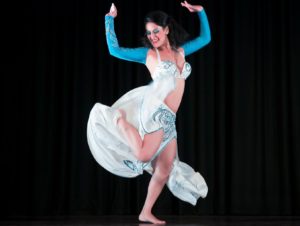
Meher Malik
While Malik’s exposure to belly dance happened informally during Muslim weddings that she attended during her time in Middle East, Narayanan’s fascination with the form began from a performance she saw during a Nile cruise in Egypt. The performer was a “vision in white,” she recalls. “I had never seen anything like it.”
When she moved to Bengaluru, Narayanan took up the study of belly dance when it was still facing resistance from the negative perceptions surrounding the form. Her effort can be attributed to the ground-breaking work done by the first generation of belly dancers in India: Meher Malik, Payal Gupta, Arati, Sanaz and Kavya Viswanathan.
Gupta of Payal’s Dance Academy had only seven students when she started out. Now, she has hit registrations of 10,000 with her centers in Bengaluru, Hyderabad and Mumbai.
Flamenco, meanwhile, is a dance form that is at a fledgling stage in India, with a handful of artistes taking workshops across Bengaluru, Mumbai and Delhi. Shehzeen Cassum Flamenco Academy takes traditional flamenco classes in Mumbai and is set to take classes in Delhi as well. Cassum has spent years in Jerez de la Fontera, Spain, training under maestros of the form.
Then there is Irene van Zeeland, a Bengaluru-based contemporary dancer from the Netherlands. Zeeland is a visiting faculty for ballet and contemporary dance at Attakalari in the city, and has taken flamenco workshops at the school as well. The city is also where Indumathi Manohar, a graduate from Steve Job’s alma mater Reed College in the United States, takes flamenco workshops. Manohar took to the dance form because she was fascinated by similarities in footwork and hand gestures that it has with Kathak — a dance her mother introduced her to.
Bengaluru is also a thriving hub for belly dance, with seven schools offering classes in the vocation. Malik sees the form’s exponential growth in tandem with the society. “Belly dance is deeply associated with how women are treated in the country,” she says. “The job of the form is not just to teach people a new dancing style, it has been to help women and men break out of their shells and embrace their bodies.”
Art, she says, needs to resonate and help the society evolve. Artistes are, after all, ahead of their time.

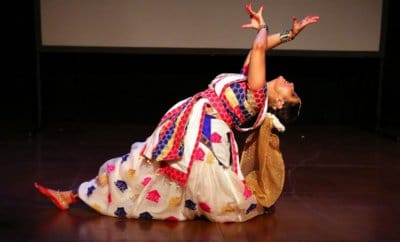
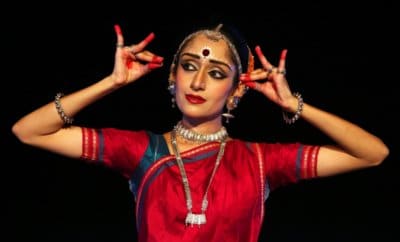
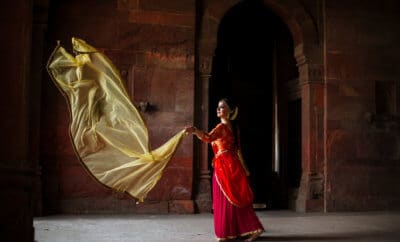
You must be logged in to post a comment Login